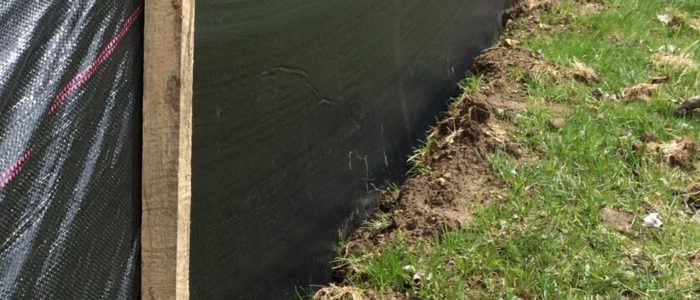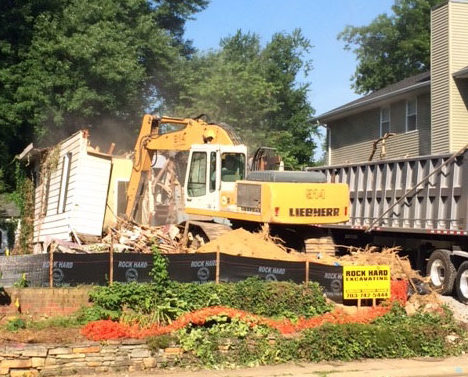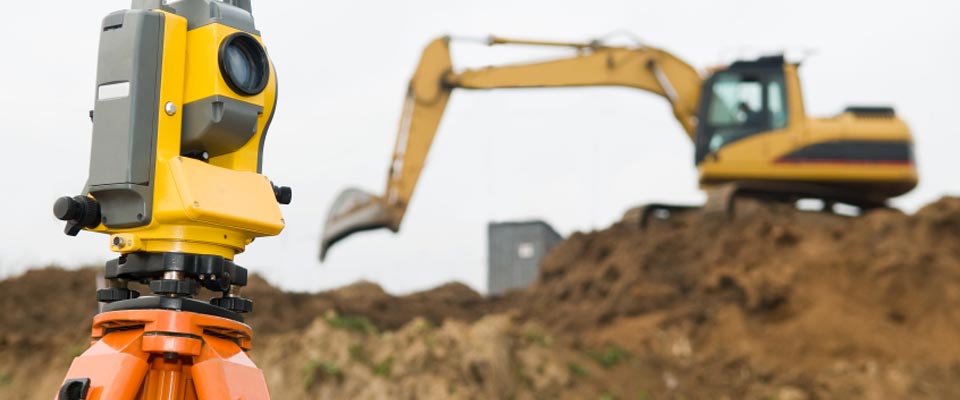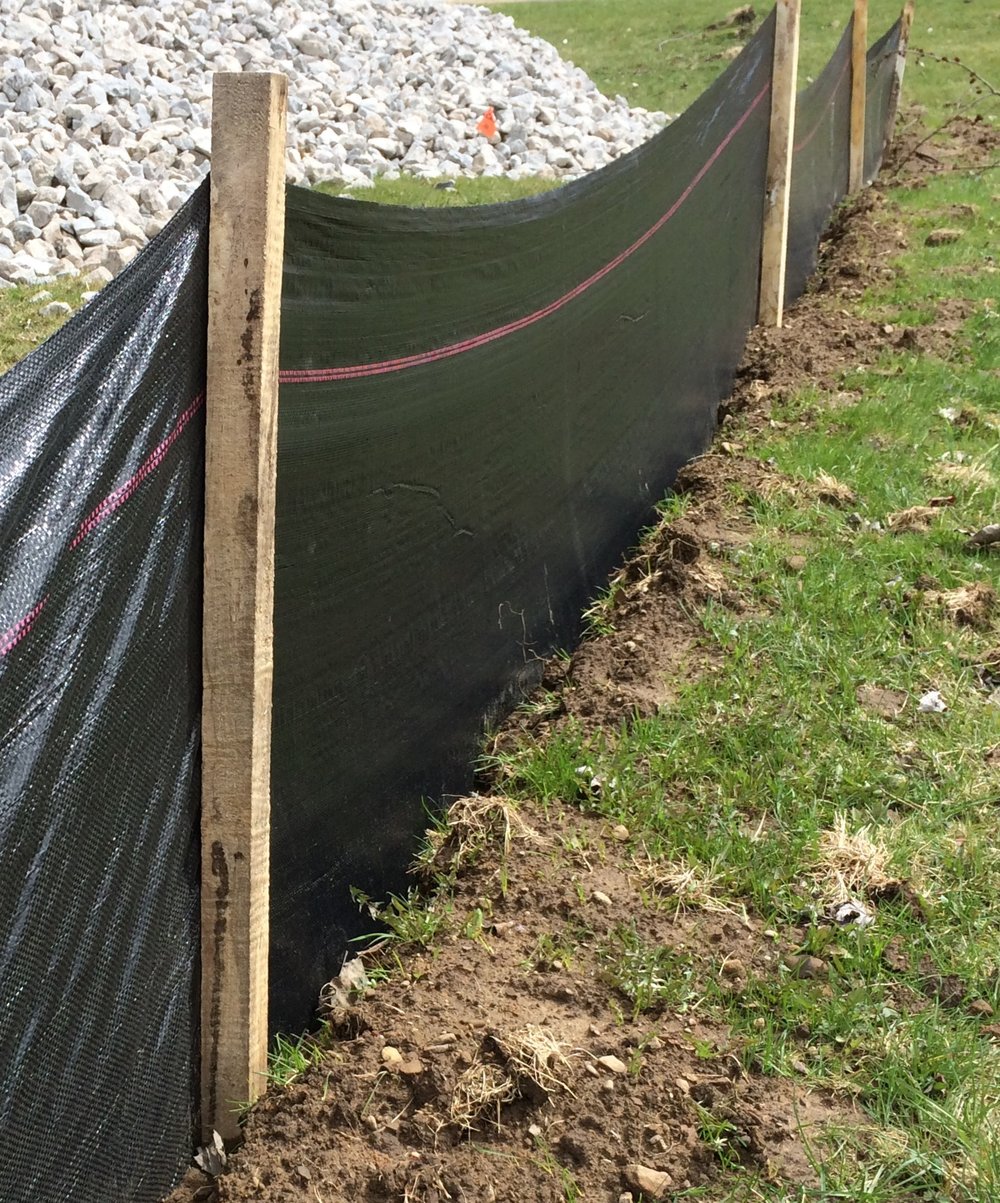What To Expect When You’re Expecting (Site Development): Part 2, Construction Phase

Last month, I kicked off a new series all about site development. Through this series, I will dissect the site development process required when building a custom home and also give you tips on what to really expect. I want you to be well-informed and prepared for this process. We don’t claim to know it all, but we’ve seen quite a bit over the last 30+ years.
So far, I’ve covered the site development activities that occur prior to construction. Today, I’m talking about what happens after permits are approved and construction is ready to begin.
But first, 3 quick reminders…
#1 – for purposes of this blog series, I’m basing all my information on a 10,000 square foot lot, with an existing home (to be demolished) with existing public utilities, and located in Fairfax County.
#2 – I’m writing based on what I know, the day I’m writing. We work in a very fluid environment which means on any given day, things can change.
#3 – I’m doing my best. I don’t know everything and I can’t predict everything. But what I want to share with you is the experience of building over the last 30 years (18 years for me personally).

County Pre-Construction Site Inspection
Almost all municipalities will want to have a meeting with the owner and/or site subcontractor before anything is done on the lot. The purpose of this meeting is to make sure the owner and/or site subcontractor understand the county’s expectations during construction. Topics include erosion control, keeping areas around the site clean, tree protection, etc.
Site Preparation

Site preparation includes anything that needs to be done for the lot prior to the start of construction (demolition/clearing of structures, trees, and debris, installation of the construction driveway, silt fence and any tree protection required).
Site Engineering

The site engineer may be required to perform various engineering activities, both prior to and during construction.
- LIMITS OF CLEARING: The county may require the site engineer to mark the limits of clearing on the lot (usually a white tape on the perimeter of the clearing limits). This is done before any work can be done on the lot.
- HOUSE STAKE OUT: The stakeout determines the corners (hubs) of the new house. This will aid the excavator when they dig the hole for the new house. These hubs give the location and the elevation of the corners on the house and garage. This is done after the lot is cleared, before construction begins.
- CUT SHEET: After the engineer completes the stakeout of the house, they will transfer the information from the stakeout to a “cut sheet”. The cut sheet is used by the excavator when digging the hole. It’s like a check and balance with the stakes on the lot to make certain the new house is placed in the right spot. This is done after the stake out is complete, before construction begins.
- BRICK POINTS: If the new house will sit close to the building restriction line (BRL), brick points may be required. Brick points are set by the site engineer once the footers are in. Small pins are put in the footings to act as a guide for the concrete subcontractor to make sure the walls are set within the BRL.
- WALL CHECK: After the foundation walls are poured, the engineer will come back to the site once again to survey the property to make sure the walls are in the right spot. Very important!
Dirt Removal
Dirt removal may be required if there is extra dirt left after the hole is excavated for the new house. If you have a relatively flat lot, you will have dirt removal so budget accordingly for these additional site costs. The excavator digging the hole for the foundation will arrange to have the extra dirt removed from the site.
Utility Installation
Water, sewer, gas, and power service will need to be run to the new the house. Typically, sewer & water can be done during the foundation stage (best to do this before backfill!). Permanent gas and power can’t go in until the house is a little further along.
Construction Driveway & Silt Fence Maintenance

Once the initial driveway and silt fence are installed, there will likely be maintenance throughout the construction process. Driveways in particular take a beating from heavy truck traffic and weather so don’t be surprised if additional gravel is needed. Good access is essential to a smooth construction process so don’t neglect it (site inspectors will make sure access and erosion control measures are being kept up throughout construction).
Unknowns For This Phase
- Bad Soils: The biggest unknown when building a new home is the soil. If the soil unearthed isn’t suitable (either due to composition, ground water, etc.) to support the new house, some sort of remediation will be required (all determined by 3rd party inspectors/engineers). The difficult part of this phase is that it is hard to set a budget for potential issues because no one knows the true nature and condition of the soil until the dig. My best advice – if you don’t want to come out of pocket for soil remediation, set aside some money in your loan to pay for these unknowns. If you don’t need it, you don’t have to use it or you can funnel it back into the house (remember, we don’t charge change order fees, so you can always add options to the house once you know what the site beholds).
- Hung or Gravity Sewer: Depending on the elevation of the basement slab and the elevation of the sewer main out in the street, you may have a hung or gravity sewer system (read this post all about sewers for more detail you never thought you wanted to know). My best advice – budget for the hung sewer. If you need it, you have the budget to pay for it. If you don’t need it, you don’t spend it!
What To Budget For This Phase

- County PC Site Inspection – FREE!
- Site Preparation – $15-20K (includes demo, clearing, construction driveway & silt fence installation)
- Site Engineering – $1800 – 2400 depending on what is required
- Dirt Removal – $12 – 15K
- Utility Installation – $6 – 10K
- Construction Driveway & Silt Fence Maintenance $3K
- Bad Soils – $4-6K
- Hung Sewer – $4500 (includes ejector crock & ejector pump)
I think this is the hardest phase of construction. Getting through the unknowns of the foundation stage takes expertise and guidance from the builder. Find one who cares about you and your wallet. It can make all the difference in getting through this process and actually enjoying it.
Dream Big. Build Smart.
For more detail on site prep, check out this post!